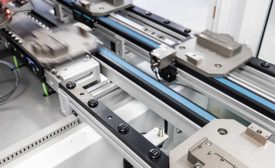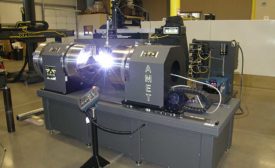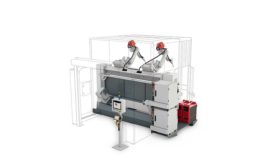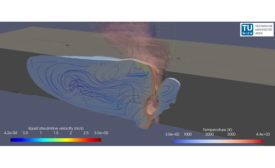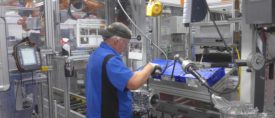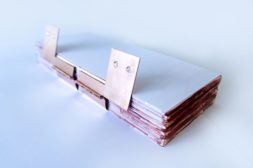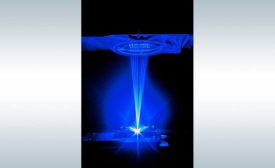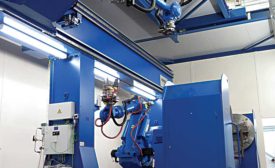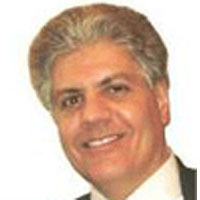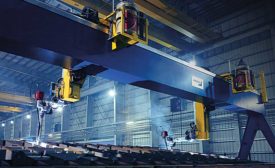Home » Keywords: » laser welding
Items Tagged with 'laser welding'
ARTICLES
2021 Assembly Plant of the Year: GKN Drives Transformation With New Culture, Processes and Tools
A two-year-long continuous improvement initiative pays off in Newton, NC.
October 13, 2021
Blue Lasers for Welding Copper
The blue laser produces rapid, high-quality welds for a wide range of part geometries
October 13, 2020
Never miss the latest news and trends driving the manufacturing industry
Stay in the know on the latest assembly trends.
JOIN TODAY!Copyright ©2024. All Rights Reserved BNP Media.
Design, CMS, Hosting & Web Development :: ePublishing

